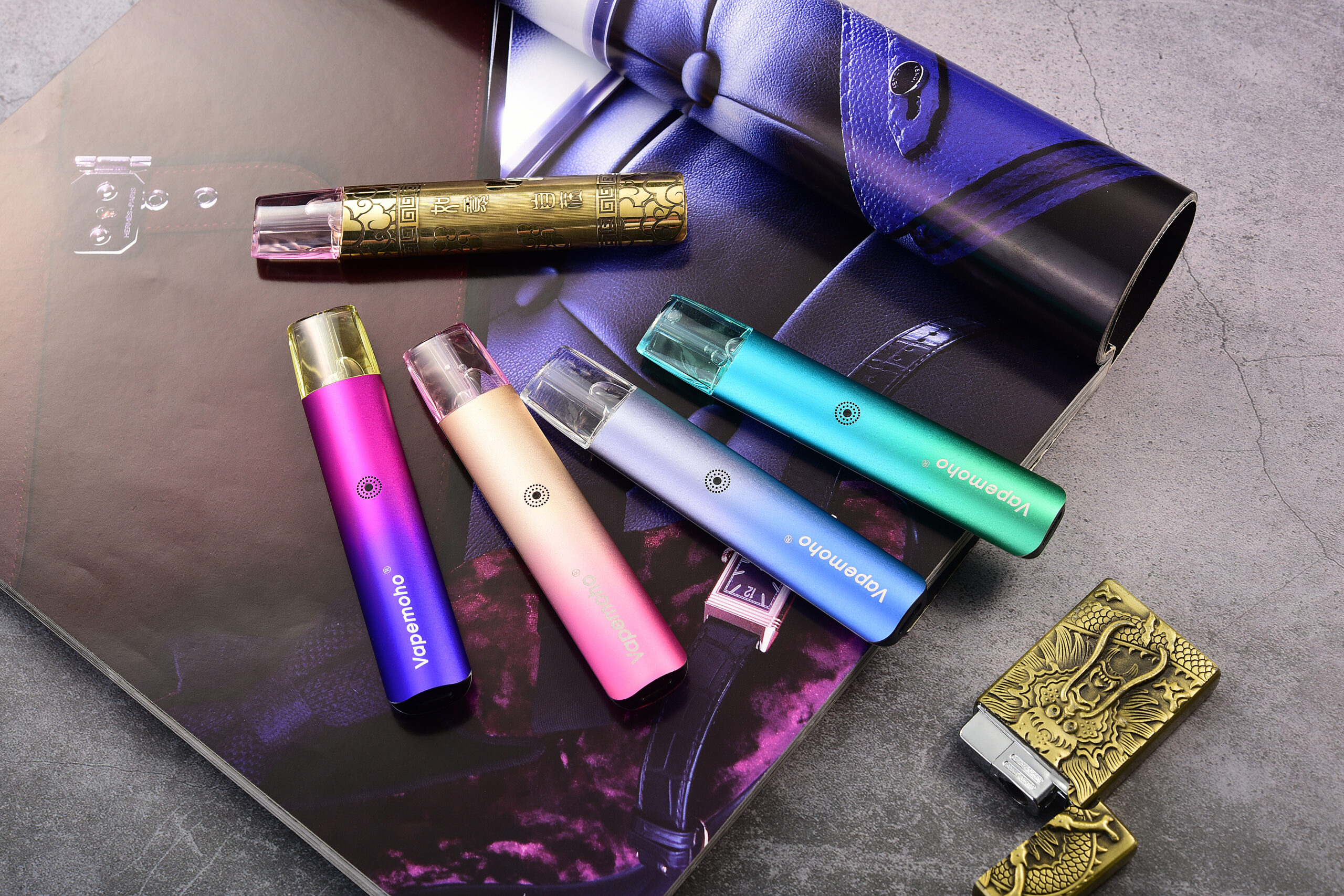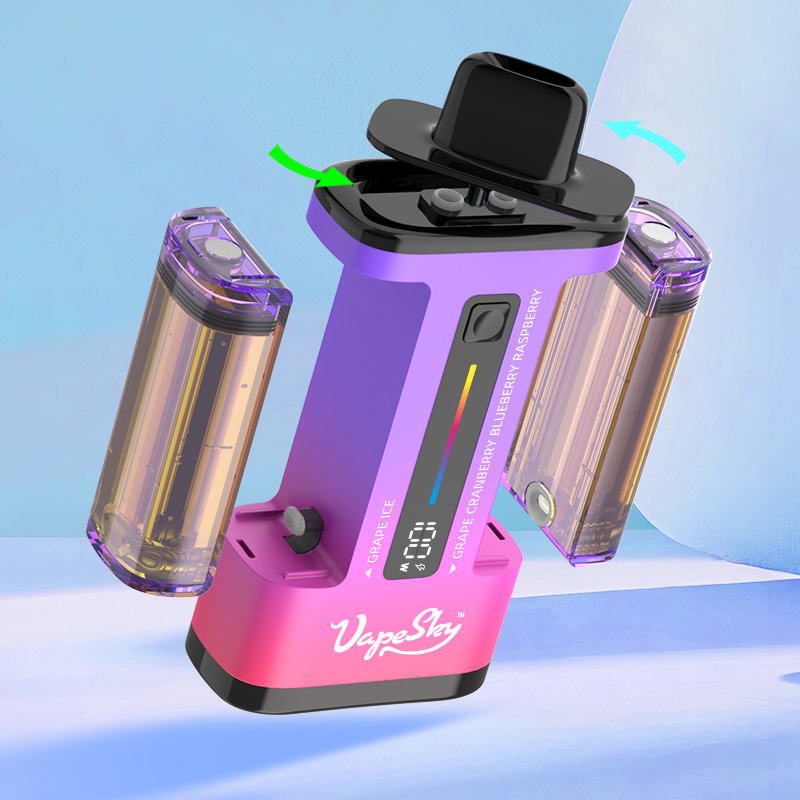Launching a successful e-cigarette isn’t just about “a good idea”—it’s a tightly linked end-to-end journey connecting user needs, technical R&D, regulatory compliance, and market validation. Every link in this chain decides whether a product can go from a sketch on paper to a bestseller in consumers’ hands. Let’s decode this complex but replicable process step by step.
1. Concept Initiation: Anchor on User Needs, Not Just “Inventions”
The first step of this journey isn’t “designing a product”—it’s “finding a pain point.” Successful e-cigarette brands start with targeted user demand research: they use online surveys, focus groups, and social media listening to identify unmet needs.
For example: Heavy smokers care most about “long battery life”; young users focus on “portable size and trendy appearance”; health-conscious groups pay close attention to “the safety of e-liquid ingredients.”
At the same time, competitor differentiation analysis is critical. By studying the strengths and weaknesses of existing products (e.g., “Brand A’s atomizer leaks easily” or “Brand B has too few flavor options”), the team defines the new product’s core selling point (USP)—this becomes the “compass” for all subsequent work.
2. R&D & Design: Turn Concepts into Usable Prototypes
This stage is the “engine room” of the product. The R&D team must balance three core elements: performance, safety, and user experience.
On the hardware side: They select high-quality batteries (to avoid overheating risks), optimize atomizer structures (to reduce oil leakage), and test e-liquid formulas (to ensure consistent flavor).
On the software side: They develop intelligent temperature control systems (to prevent dry burning) and battery level display functions. The key here is rapid prototype iteration.
After finishing the first prototype, the team conducts internal testing and user trials: If users feedback “suction resistance is too strong,” they adjust the air inlet; if battery life is shorter than expected, they replace it with a higher-capacity cell. This iteration usually takes 2-3 months—until the prototype meets 90% of preset demand standards.

Figure 1: Breakdown of the E-Cigarette R&D Process (From Prototype to Testing)
3. Regulatory Compliance: The “Passport” to Enter the Market
For e-cigarettes, compliance isn’t an option—it’s a prerequisite. Different regions have strict regulatory requirements, and missing any can block market entry:
- The U.S. FDA requires e-cigarettes to pass PMTA (Premarket Tobacco Product Application) certification;
- The EU’s TPD (Tobacco Products Directive) limits nicotine content to ≤20mg/mL;
- China mandates that e-cigarettes be sold through a unified national platform.
The compliance team must start preparing materials during R&D: This includes e-liquid ingredient lists, hardware safety test reports, and production process specifications. A single mistake (e.g., missing a test item) could get the product banned—so this link must be “zero-error.”
4. Mass Production & Market Launch: From Factory to Consumer
After passing compliance tests, the product enters the mass production stage. The core challenge here is supply chain coordination:
Brands need to ensure suppliers of batteries, atomizers, and e-liquids deliver high-quality materials on time. At the same time, factories must control production processes—like circuit board soldering accuracy and e-liquid filling precision—to avoid batch quality issues.
When launching to market, brands need to build a precision channel matrix: combining online channels (e-commerce platforms, official websites) and offline channels (specialty stores, convenience stores). They also need to match this with user education content—such as “How to charge the e-cigarette properly” or “Introduction to flavor options.”
For example, some brands cooperate with KOLs to shoot experience videos—this quickly boosts product exposure among target groups.

Figure 2: E-Cigarette Market Launch Linkage (From Channel Building to User Education)
Conclusion: The Secret of a “Successful End-to-End Journey”
Looking back at the entire journey from concept to market, a successful e-cigarette doesn’t depend on a single “bright spot”—it relies on the seamless connection of every link:
User needs guide R&D; R&D supports compliance; compliance guarantees production; production connects to market feedback. Only by treating each stage as a “key link” (not a “formality”) can the product stand out in the competitive e-cigarette market.
For brands wanting to replicate this success, the most important lesson is: Don’t rush to “launch products”—first “sort out the process.” The end-to-end journey isn’t a “one-way road”—it’s a “loop” that continuously optimizes based on market feedback. This is the core logic of long-term success.

